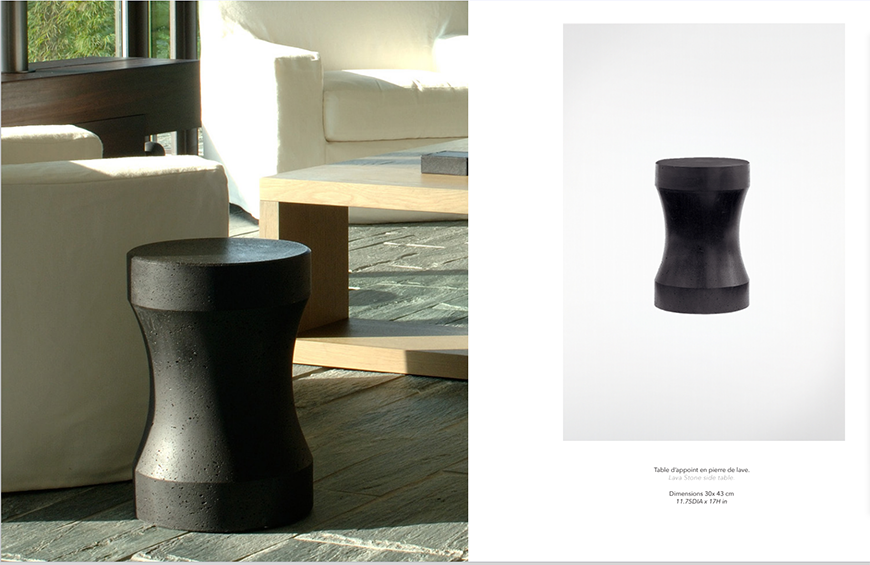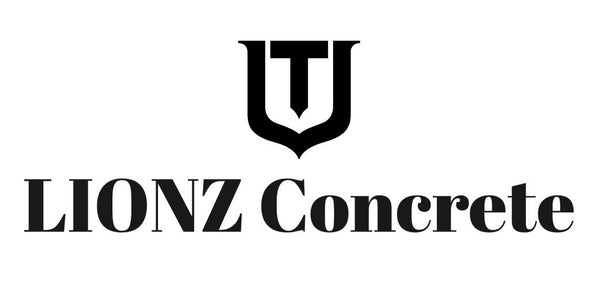The Rise of Concrete Furniture: A Future Trend in Interior Design?
Share
Introduction:
In the ever-evolving world of interior design, trends come and go like the seasons. From minimalist Scandinavian designs to bold maximalist statements, the options are endless. However, one material that seems to be gaining traction in recent years is concrete. Once relegated to construction sites and sidewalks, concrete has now found its way into our living rooms, kitchens, and even outdoor spaces. But will concrete furniture become a popular trend in the future? Let's explore.

The Durability Factor:
One of the primary reasons for the growing popularity of concrete furniture is its unparalleled durability. Unlike traditional wood or metal furniture, concrete is incredibly sturdy and long-lasting. It can withstand the test of time, resisting scratches, stains, and even the elements when used outdoors. In a world where sustainability and longevity are increasingly valued, concrete furniture offers a promising solution.
Versatility in Design:
Contrary to popular belief, concrete furniture doesn't have to be bulky or utilitarian. Thanks to advancements in design and manufacturing techniques, concrete can now be molded into almost any shape imaginable. From sleek, minimalist tables to intricately detailed chairs, the possibilities are endless. Additionally, concrete can be customized with various finishes, colors, and textures to suit any aesthetic preference, making it a versatile choice for designers and homeowners alike.
Aesthetic Appeal:
Beyond its practical benefits, concrete furniture also possesses a unique aesthetic appeal. Its raw, industrial look adds a touch of modernity and sophistication to any space. Whether used as a statement piece or as part of a larger design scheme, concrete furniture has the power to elevate the visual appeal of a room. Moreover, its neutral tone allows it to complement a wide range of interior styles, from contemporary to rustic.
Environmental Considerations:
In an age where environmental sustainability is a growing concern, concrete furniture offers several advantages. Concrete is primarily composed of natural materials such as cement, water, and aggregates, making it an eco-friendly choice compared to furniture made from non-renewable resources. Additionally, concrete has excellent thermal properties, helping to regulate indoor temperatures and reduce energy consumption—a win-win for both the environment and your wallet.
Challenges and Considerations:
Despite its many benefits, concrete furniture does have some limitations to consider. Its heavyweight can make it difficult to move and transport, requiring careful planning during installation. Additionally, concrete is prone to cracking if not properly reinforced or maintained, so regular care is essential to ensure its longevity. Moreover, the production of concrete involves a significant amount of energy and resources, although advancements in sustainable manufacturing practices are gradually mitigating this concern.
Conclusion:
As we look to the future of interior design, it's evident that concrete furniture holds immense potential as a popular trend. With its durability, versatility, aesthetic appeal, and environmental benefits, concrete offers a compelling alternative to traditional furniture materials. While challenges remain, ongoing innovation and a growing appreciation for sustainable design are likely to propel concrete furniture into the mainstream. So whether you're looking to make a bold statement or simply seeking a practical and stylish solution for your home, concrete furniture may just be the answer you've been searching for.

